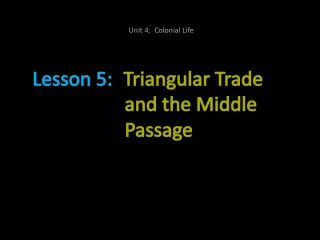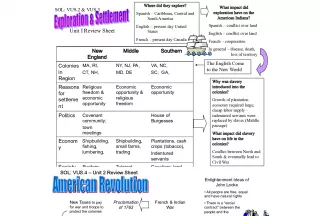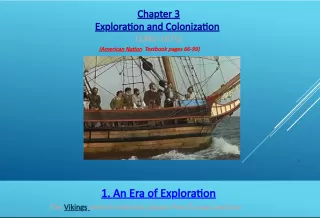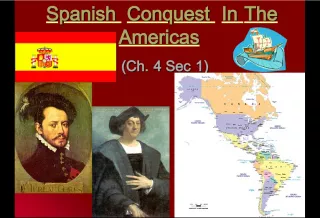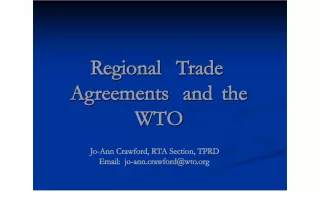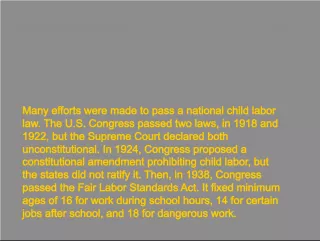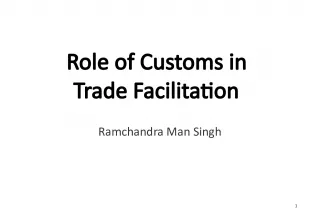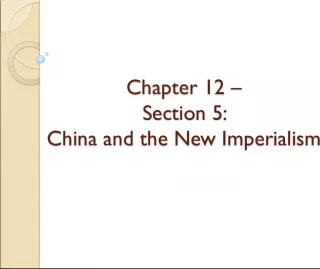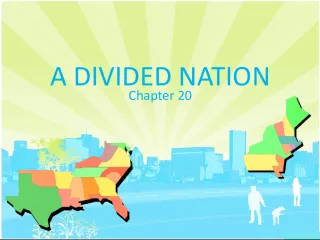The Atlantic Slave Trade and its Impact on Labor in the Americas


This article discusses the origins of the Atlantic slave trade, the need for labor in the Americas, and the desire to use Africans as a source of labor. The article explores the consequences of this trade on African societies and the way enslavement shaped the economy of the Americas.
- Uploaded on | 0 Views
-
 mykaparis
mykaparis
About The Atlantic Slave Trade and its Impact on Labor in the Americas
PowerPoint presentation about 'The Atlantic Slave Trade and its Impact on Labor in the Americas'. This presentation describes the topic on This article discusses the origins of the Atlantic slave trade, the need for labor in the Americas, and the desire to use Africans as a source of labor. The article explores the consequences of this trade on African societies and the way enslavement shaped the economy of the Americas.. The key topics included in this slideshow are Atlantic slave trade, labor, Africans, sugar plantations, tobacco farms,. Download this presentation absolutely free.
Presentation Transcript
1. The Atlantic Slave Trade
2. Setting the Stage Sugar plantations and tobacco farms required a large supply of workers to make them profitable for their owners. Since most of the Native Americans that were used for labor had died, they turned to Africa for a new source of labor.
3. The Desire for Africans There were several advantages in using Africans: They had been exposed to European diseases They had experience in farming They had little knowledge of the land and there were no familiar tribes
4. The Desire for Africans This trade for slaves became the Atlantic Slave Trade Between 1500 and 1600, about 300,000 slaves were taken to the Americas. During the next 100 years, the number jumped to 1.5 million, and by 1870 the number was about 9.5 million.
6. Forced Journey The trade routes formed a Triangle, becoming known as the triangular trade. Manufactured goods from Europe to Africa Slaves from Africa to the Americas Rum, and other goods from the Americas to Europe
7. Forced Journey The voyage across the Atlantic was dehumanizing, and deadly Nearly 1/3 died between capture and sailing Another 1/3 died in the crossing
8. Forced Journey Many Africans jumped overboard to their deaths rather than be enslaved. Diseases ravaged the passengers Cruel treatment ravaged more
9. Forced Journey The second part of the journey, from Africa to the Americas was known as the Middle Passage.
12. The Slavers Crowded, unsanitary conditions Slaves ride on planks 66 x 15 only 20 25 of headroom Males chained together in pairs Kept apart from women and children High mortality rates 1/3 perish between capture and embarkation
14. Provisions for the Middle Passage Slaves fed twice per day Poor and insufficient diet Vegetable pulps, stews, and fruits Denied meat or fish Ten people eating from one bucket Unwashed hands spread disease Malnutrition ~ weakness ~ depression ~ death
15. The End of the Journey Survival One-third died men died at a greater rate than women Adapt to new foods Learn a new language Creole dialect well enough to obey commands Psychological ~ no longer suicidal Africans retain culture despite the hardships and cruel treatment Created bonds with shipmates that replaced blood kinship
16. IX. The Ending of the Atlantic Slave Trade Cruelties help end Atlantic slave trade Great Britain bans Atlantic slave trade in 1807 Patrols African coast to enforce United states congress outlaws slave trade in 1808 Guinea and western central African kingdoms oppose banning slave trade
17. Conclusion Nine to eleven million Africans brought to the Americas during three centuries of trade Millions more died Most arrived between 1701 and 1810 Only 600,000 reached the British colonies of north America
18. Consequences of the Atlantic Slave Trade In Africa, numerous cultures lost generations of their strongest members, both men and women. The slave trade introduced guns to the African continent African slaves contributed greatly to the cultural and economic development of the Americas. Africans brought their culture to the Americas

